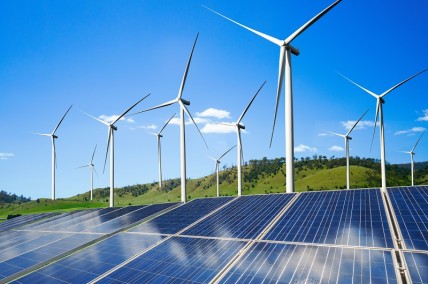
The New Zealand Infrastructure Commission, Te Waihanga has assessed New Zealand’s low-emission energy resources and outlines how we could develop these to decarbonise our electricity system and develop new opportunities in its report, Leveraging our energy resources.
Chief Executive Ross Copland says New Zealand has an opportunity to achieve net-zero carbon emissions by 2050, improve economic performance by unlocking new export opportunities, and lift our living standards by leveraging our abundant low-emission energy resources.
“We have abundant, untapped wind, solar, hydro and geothermal resources that, combined, are treble the amount identified by the Climate Change Commission for achieving net-zero carbon emissions by 2050. However, the issue is whether they can be developed at prices investors are willing to pay.
“New Zealand could generate wind power at a comparatively low cost by global standards – provided we are efficient at consenting and building new wind farms. We have higher average wind speeds in Aotearoa than in most other places, meaning that our wind farms can produce more energy per unit than the global average. The least-windy sites in New Zealand have better wind energy potential than the windiest sites in Australia.”
New Zealand needs to add an average of 494 megawatts of low-emission electricity generation capacity every year for the next 30 years to meet electricity’s contribution to achieving our net-zero carbon target. Copland says, “Relative to the size of our economy, we built more new generation during the 1950s, 1960s, and 1970s than we need to build over the next 30 years. However, putting our resources to work will require a world-class resource management system that provides clear and timely pathways for consenting new wind farms.”
A copy of the report is available to download here.









